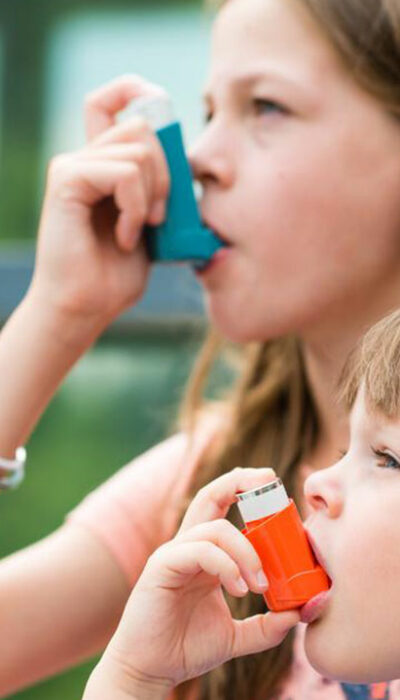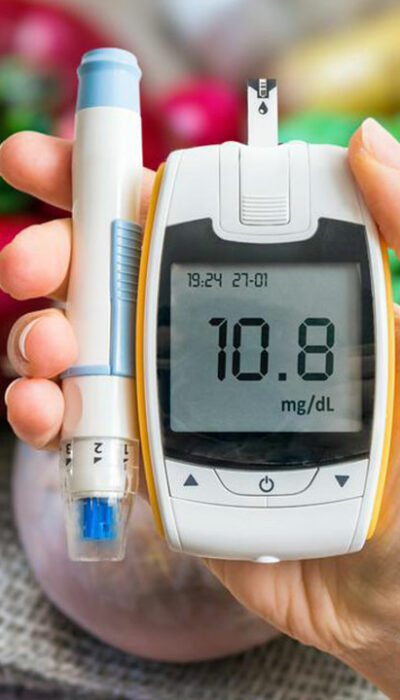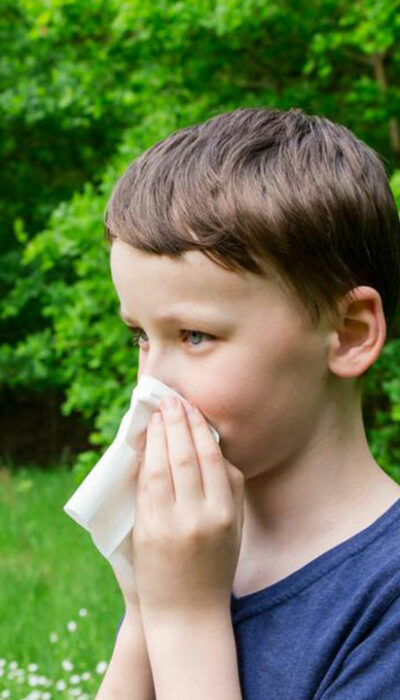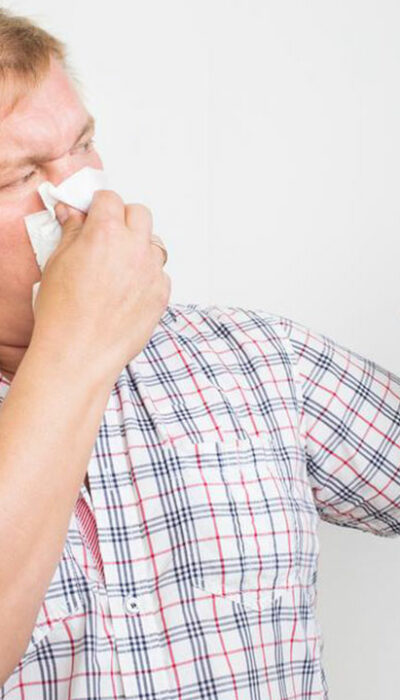
Quick Tips to Treat Constipation
Constipation occurs because of the lack of water in one’s stool, which usually occurs when too much fluid gets absorbed into the intestines, making the stool dry. Constipation is the condition in which a person experiences fewer than three bowel movements in a given week. This diagnosis has been provided by the National Digestive Diseases Information Clearinghouse that is a part of the National Institutes of Health. Constipated stools are often hard, small and dry that makes the entire process unpleasant to endure. Everybody has a different system; some people may go to pass stools multiple times a day while some may go only a couple of times every week. Treatment for constipation is seldom required unless the symptoms last for weeks. And it is possible to get relief from constipation by following some tips to treat constipation. Tips to treat constipation One of the popular tips to treat constipation is consuming fiber-rich foods. By including more fiber in the diet, it is possible to make the stools bulkier and softer, making it softer to pass through the tract. A gradual increase in the levels of fiber is recommended till the optimum level of 20 to 35 grams is achieved. Some good sources of fiber include: Whole grains Bran Foods like brown rice, cereals, and fortified bread Fresh fruits, especially apples and bananas. Fruits with high water amounts like watermelon also work well Dried fruits like apricots, almonds, prunes, and raisins Vegetables like asparagus, brussels sprouts, and carrots Beans It is also important to drink enough water to prevent constipation. One of the common tips to treat constipation is to remain active with general exercise and keep the bowel movement in motion. The following foods must be avoided during constipation as they can make it worse. Foods that are low in fiber Foods that are high in fat Cheese Dairy products Processed foods Meats A step-by-step approach is given in the following tips to treat constipation.










